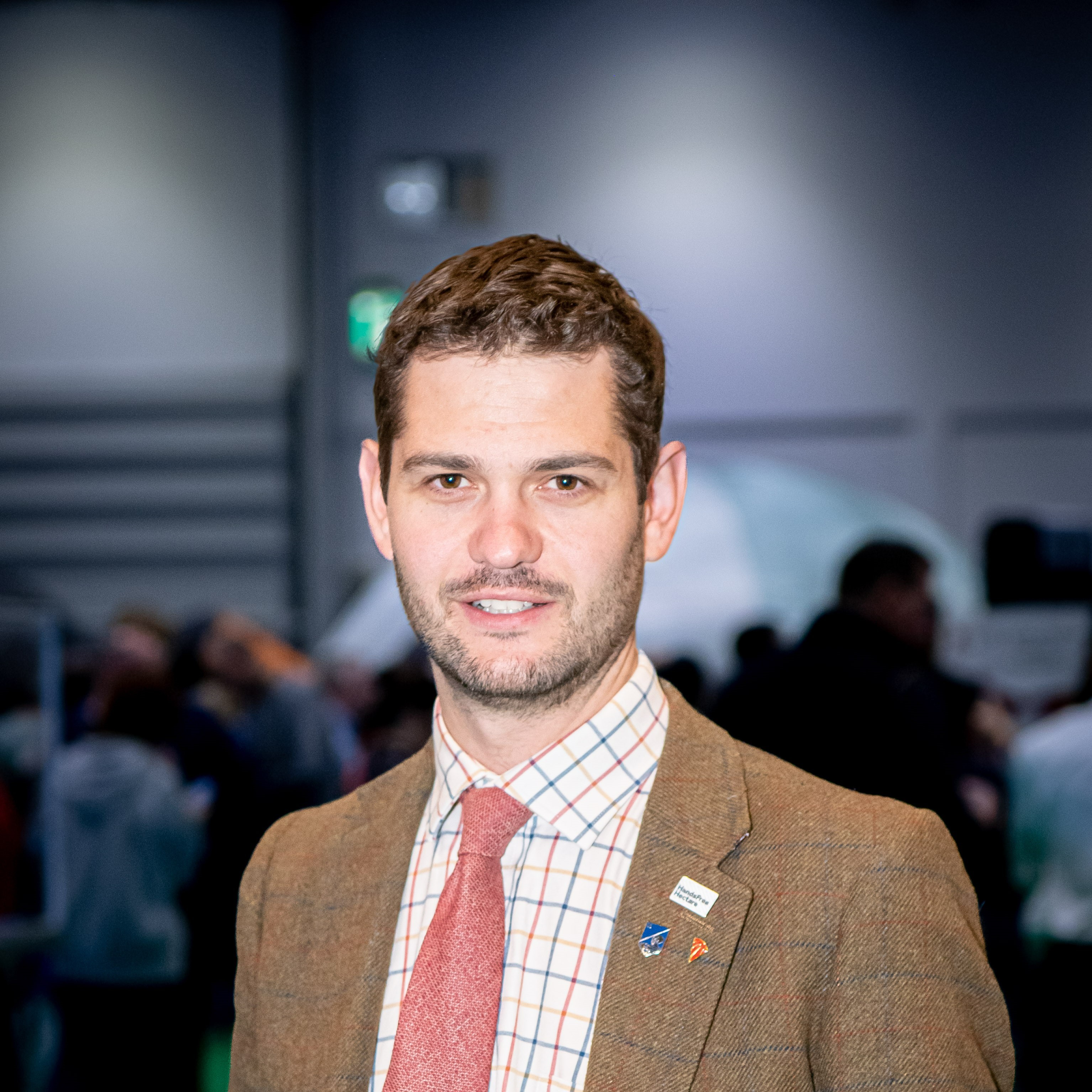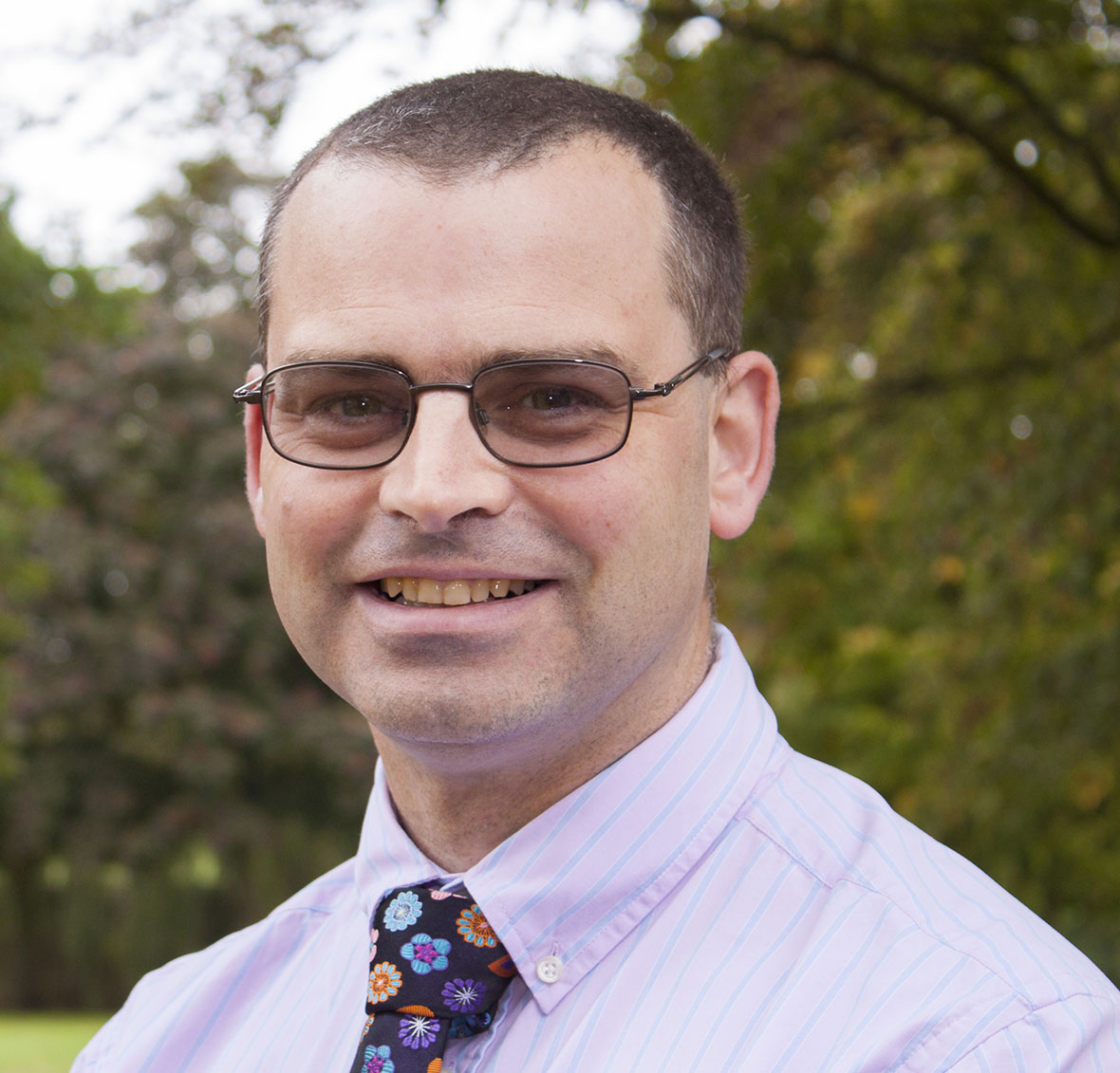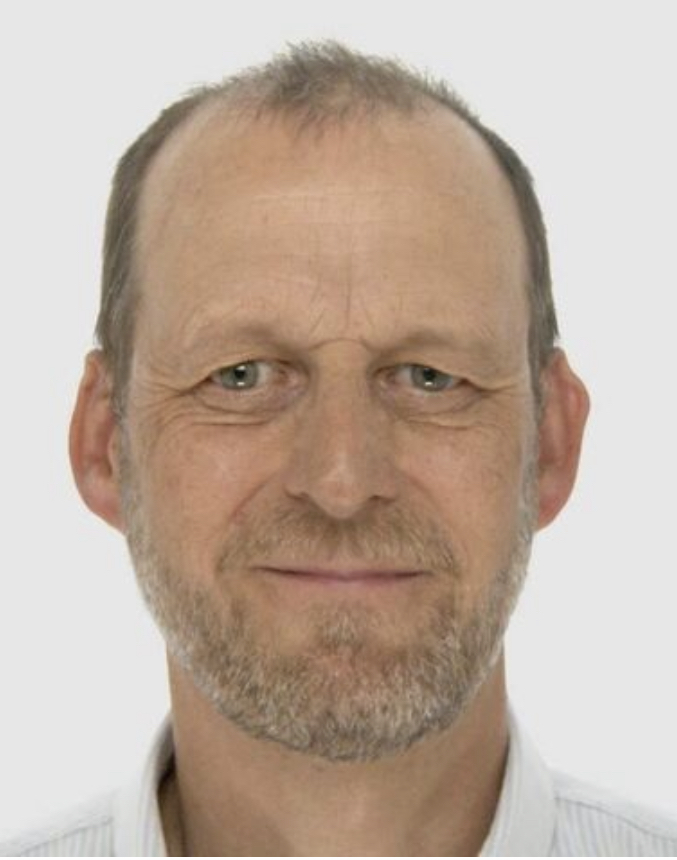

Election of President 2024
We invite you to elect your IAgrE President for 2026-8. In order to be eligible for election you must have first served as a Vice President on the IAgrE Council and Executive. Former Vice Presidents were approached last Autumn and asked if they would like to stand as President for the term of 2026-2028. Three agreed and their details may be found below in Alphabetical order (by surname).
Voting will take place through an online form in March and the new President Elect ratified at the AGM online on Wednesday 17th April (further details will follow of this meeting)

Voting will remain open from noon on 6 March to noon on 20 March 2024
If you have any questions please direct them to the Secretariat.
 |
Kit Franklin CEng MIAgrE Kit’s expertise ranges from mechanical design to precision farming and automation. He is a regular conference and public speaker at events all over the world, including business, political and academic meetings. He co-chairs IAgrE’s Robotics Special Interest Group, is a member of the BSI Technical Subcommittee developing BS 8646 Use of crop robots in agriculture and horticulture – Code of practice and has recently been invited to join Royal Agricultural Society of England’s Farm of the Future Advisory Group. Mission Statement As a proud and dedicated chartered Agricultural Engineer, I am committed to sharing my passion for engineering and working for its recognition at every opportunity. Through my career to date, I have been fortunate to experience a diverse and stimulating journey, for which the support and opportunities provided by the IAgrE (e.g. council and executive member, Robotics SIG lead), have played a significant part, it is disheartening that not all members would feel the same having less direct engagement with IAgrE. If elected to President of the IAgrE, my primary goal is to foster greater inclusivity and engagement within the agricultural and land-based engineering sectors. The aim of my term would be to rekindle connections with regions and members who may have become disengaged, while also making IAgrE more inviting for newcomers to our profession. To achieve this, I plan to engage directly with all branches by personally joining meetings to hear a wide range of viewpoints, participate in industry events alongside the secretariat, and gather insights from members globally to inform our strategic direction. While striving to maintain student members into full membership, we must give particular attention to those operating as Agricultural and Land based Engineers from nontraditional routes such as those I have regularly met working in Agri-Tech start-ups and in research groups. A further aspect for my efforts will be the enhancement of our digital presence. Ensuring our redesigned website will be visually appealing, informative, and user-friendly, incorporating integration with the mobile app and with wider social platforms which are now so critical to engagement. Additionally, I envision an improved networked database within our membership records, expanding on the current “Find Member”, “Consultants” and “Technical Specialists” web pages, This will facilitate wider member engagement with expert inquiries, foster member collaboration, and promote mentoring opportunities efficiently. Providing a tangible membership value. I know that Dr Mark Moore, as incoming President, wishes to give IAgrE a unified voice to contribute our expertise to public discourse and influencing policy decisions. This improved membership network database would aid that goal immensely going forward. Finally I recognise the central role of the Secretariat in realising the Institutions aims, I am committed to strongly supporting it during my term, exploring avenues for expansion and innovation within its structure. Gathering council and executive support to invest IAgrE funds to ensure the secretariat team can meet membership aims and that IAgrE is sustainable into the future. With these proposals I am sure we can propel IAgrE forward as a dynamic membership prospect and influential force in engineering, agricultural and land use communities. |
 |
Graham Higginson, IEng, REnvP, FIAgrE I hail from could be considered a traditional mixed farm – beef, combinable and root cropping along with grass to support the forage needs of the livestock over the winter period – in Lancashire. Having been asked from a young as I can remember, to help service and repair machinery and equipment on the farm, it was inevitable that I would seek a career in agricultural engineering. Pursing a vocational route to my HND at Writtle College, I brought a practical, pragmatic view of agricultural machinery operation and care. The HND required two placements, the first placement over the Summer between Year 1 and 2. This took me to Lincolnshire, where the smallest field was all of my family farm, plus half of the neighbouring farm too. The second placement took me to Ernest Doe and Sons, installing grain handling and storage equipment as well as supporting the parts department at Ulting and Bennington. Unfortunately, this was truncated, so I spent the remainder of the period in a maltster, where my grain handing equipment experience came in very helpful, though malted barley was somewhat different to convey than grain straight from the field. Post-graduation, I spent a period of time working with the importer of specialist equipment for the trials industry. Fundamentally, small drills and combines for the seed and chemical industries, along with government departments, such as ADAS and the Central Science Laboratories (as they were). This took me across the UK, starting harvest late May in the West Country, through to October in North Scotland. This activity was following in the remainder of the year, with service, maintenance and repair activities, to maximise uptime for the machines. Having completed tens of thousands of miles and hotel breakfasts, I decided it was time for a change. This took me to a JCB dealer, where I was responsible for the agricultural product range – Fastrac, loading shovels and Loadall, in a much smaller area of Essex and parts of the adjoining counties. The highlight of this being the first factory trained engineer to complete all training for the new 2000 and 3000 series Fastrac. During my time in Essex, I was an active member of the Herts and Essex branch, taking on the role of Secretary. The call to move ‘closer’ to my roots called, which took me and my young family to North Shropshire. This was the start of my training and development career. Initially to Walford College, where I developed the full-time and part-time course offer to budding agricultural engineers. This was followed by a period at Reaseheath College, developing the Engineering higher education offer. Furthermore, I worked with the Milking Equipment Association to develop their accreditation scheme too. After a couple of years in the motor industry, where engines and electrics are just the same, just packaged differently, I returned to agricultural engineering as a lecturer at Harper Adams University. My time as a practising agricultural engineer allows me to bring many experiences to my teaching, enthusing about the career opportunities within the wider technologies of agricultural engineering, not just the tractors and combines that many perceive. This move to the Midlands, just up the road from the birthplace of the Industrial Revolution, brought me opportunity to join the Wrekin branch (currently Branch Chair) and engage with national committees too, such as Executive, Council and Membership. My enthusiasm for promoting agricultural engineering with students was recognised in 2023, when I received the Award of Merit. I believe my practical engineering and teaching experiences, coupled with my work with IAgrE secretariat, brings me insight into the heritage and exciting future of agricultural engineering, and I look forward to representing ‘you’, a key reason why IAgrE exists. |
 |
Robert W Simmons, MIAgrE Dr. Rob Simmons is a Reader in Sustainable Soil Management at Cranfield University with >30 years’ experience of sustainable soil management I the UK and overseas. Since starting at Cranfield in 2008, I have gained an extensive research and project management portfolio and have been PI/CoI on >20 BBSRC, NERC, Innovate UK (including x4 successful KTP Projects), Environment Agency, and AHDB projects with funding totalling >£7 million in the last 15 years. This includes extensive laboratory- and field-based experimental work in collaboration with multiple UK and International research and agri-business partners. My current UK based research activities focus on applied solutions to control runoff and erosion across a range of horticultural crops (including filter socks, mulch and tillage based options, buffer strip placement and grassed water way designs), soil management solutions to promote seeding emergence and stand establishment in baby leaf, field grown herbs and salad onions. This involves the design, establishment and monitoring of replicated field trials with multiple agri-business partners. From 2015-2021 I led the highly successful AHDB FV450/a/b projects to improve yield and stand longevity in asparagus. I have also been undertaking research projects in Kenya since 2017 with a focus since 2019 on adoptable soil management solutions to reduce waste and enhance incomes for smallholder and commercial fine bean growers in Kenya. I was also PI on the Innovate UK AgriTech Africa project Innovations in soil and irrigation technologies to improve Senegalese vegetable production. Prior to working at Cranfield, I spent 10 years working in Southeast and South Asia. Of these 7 years were spent at the International Water Management Institute (IWMI) based in Thailand and India co-ordinating national and regional projects. My research from 1998-2008 focused on modelling the off-site impacts of Cd-contaminated sediments on paddy systems and impacts on human health, modelling heavy metal uptake to rice and soybean, phytoremediation of Cd, and assessment of diffuse pollution associated with wastewater irrigation in South and Southeast Asia. Mission Statement: I am an applied soil scientist who focuses on addressing key soil management challenges faced by UK and Internationally based agribusinesses and individual farmers. Agricultural engineering is an integral and essential component of all my research activities in all its forms. I guess my USP is my ability to engage with and built long-term relationships with my research partners. This is not only to fully understand their challenges but to co-generate meaningful and applied solutions and impacts. This is what drives me. If successful, I would take this USP into my role as President of IAgrE to expand our portfolio of agribusiness partners but also promote IAgrE and its members as an energetic and engaging solution focused institution.
|
career - your passport to professionalism...
If you have a query about events, click here...



